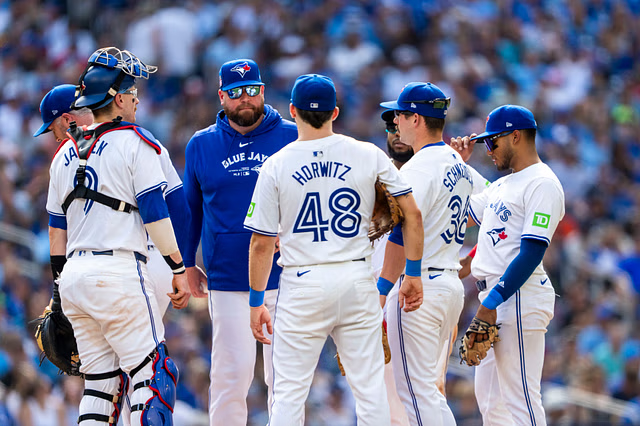What Does It Stand For?
Baseball, with its rich history and intricate details, is a sport full of terminology and abbreviations that can sometimes leave even seasoned fans scratching their heads. One such abbreviation that has gained attention in recent years is “MVR.” So, what does MVR stand for in baseball, and why is it significant?
What Is MVR?
MVR stands for Mound Visits Remaining. It’s a term introduced relatively recently as part of Major League Baseball’s (MLB) efforts to streamline the pace of play. MVR tracks the number of visits a team can make to the pitcher on the mound during a game.
The Context Behind MVR
The concept of limiting mound visits was introduced as a rule change by MLB in 2018. Prior to this rule, teams could make as many mound visits as they deemed necessary, which often led to prolonged games and disrupted the flow of play. The intention behind the MVR rule was to reduce unnecessary delays and keep the game moving at a more consistent pace.
How Does MVR Work?
Under the MVR rule, each team is allowed five mound visits per nine innings. If the game goes into extra innings, each team is granted one additional mound visit for every extra inning played. These visits include any trips by the manager, pitching coach, or another player to confer with the pitcher, regardless of whether a pitching change occurs.
However, not all mound visits count toward the MVR tally. For example, visits related to potential injuries, or visits between innings, do not count. Additionally, a visit by a catcher to prevent a cross-up in signals between the pitcher and catcher may also be excluded under certain circumstances.
The Strategic Implications of MVR
The introduction of MVR has added a new layer of strategy to baseball. Managers now have to be more judicious about when to use mound visits, as they only have a limited number available. This limitation forces teams to balance between providing guidance or relief to a struggling pitcher and preserving visits for potentially critical moments later in the game.
For pitchers, especially those in tight situations, knowing that their team has limited mound visits remaining can add to the pressure. Conversely, it can also encourage pitchers to be more self-reliant and decisive on the mound, knowing that they won’t always have the luxury of a visit to regroup.
MVR on Scoreboards
Fans attending MLB games may have noticed the MVR count displayed on scoreboards, typically alongside other key statistics like balls, strikes, and outs. This visual representation helps fans stay informed about how many visits each team has left, adding to the game’s tactical intrigue.
Conclusion
In essence, MVR, or Mound Visits Remaining, is a rule designed to enhance the pace of play in baseball by limiting the number of mound visits a team can make during a game. While it may seem like a small detail, it has significant strategic implications, making the game not only faster but also more challenging for managers and players alike. Understanding MVR is yet another way for fans to deepen their appreciation of baseball’s evolving complexity.




